Fresh Lepa/ Sole fish available after cleaning and skinning. Big ones – each measuring around 6+ inches in length.
Health benefits of sole fish
• From a nutritional standpoint, the sole is low in calories but high in protein, which can be especially beneficial for weight loss.
According to a study published in the American Journal of Clinical Nutrition, increasing protein intake by just 15 percent over 12 weeks increased satiety, decreased body weight, and reduced caloric intake by an average of 441 calories throughout the day between participants.
• Sole also contains a variety of other important nutrients. In particular, the sole is a good source of selenium, vitamin B12, and phosphorus, as well as other vitamins and minerals.
• Also, although they have a high risk of contamination with certain compounds, they are typically lower in mercury than many other types of fish.
Mercury poisoning can be harmful to health, causing symptoms such as muscle weakness, impaired vision and speech, and loss of coordination.
• Limiting the amount of high-mercury fish eaten in general is recommended for most people, but for children and pregnant women, it’s wise to avoid eating high-mercury fish altogether.
In terms of mercury content, the sole may be a better alternative to certain types of mercury-rich fish, such as shark, swordfish, and king mackerel.
Sole fish nutrition facts
Sole is low in calories and fat, but high in protein and select micronutrients like selenium and vitamin B12.
A three-ounce serving of cooked sole fish fillet contains approximately:
• 100 calories
• 20.5 grams of protein
• 3 grams of fat
• 5 micrograms selenium (71 percent DV)
• 1 micrograms of vitamin B12 (36 percent DV)
• 246 milligrams phosphorus (25 percent DV)
• 3 milligrams magnesium (12 percent DV)
• 2 milligrams vitamin B6 (10 percent DV)
• 9 milligrams niacin (9 percent DV)
• 292 milligrams potassium (8 percent DV)
• 1-milligram riboflavin (6 percent DV)
• 1 gram thiamine (5 percent DV)
• 5 milligrams pantothenic acid (5 percent DV)
In addition to the nutrients mentioned above, the sole also contains a small amount of zinc, vitamin E, calcium, iron, and folate.
healthbenefitsof.org



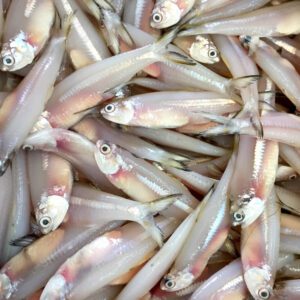
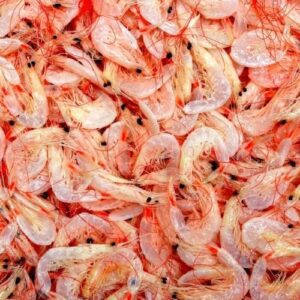
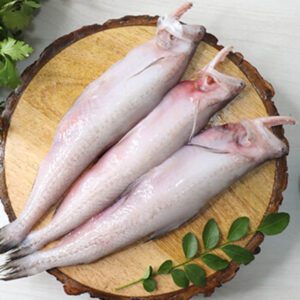

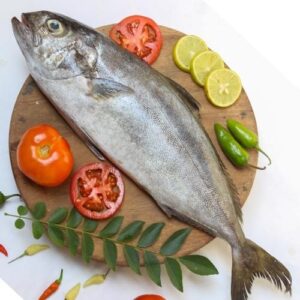


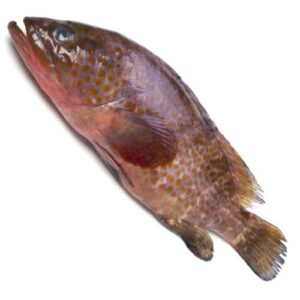


Reviews
There are no reviews yet.